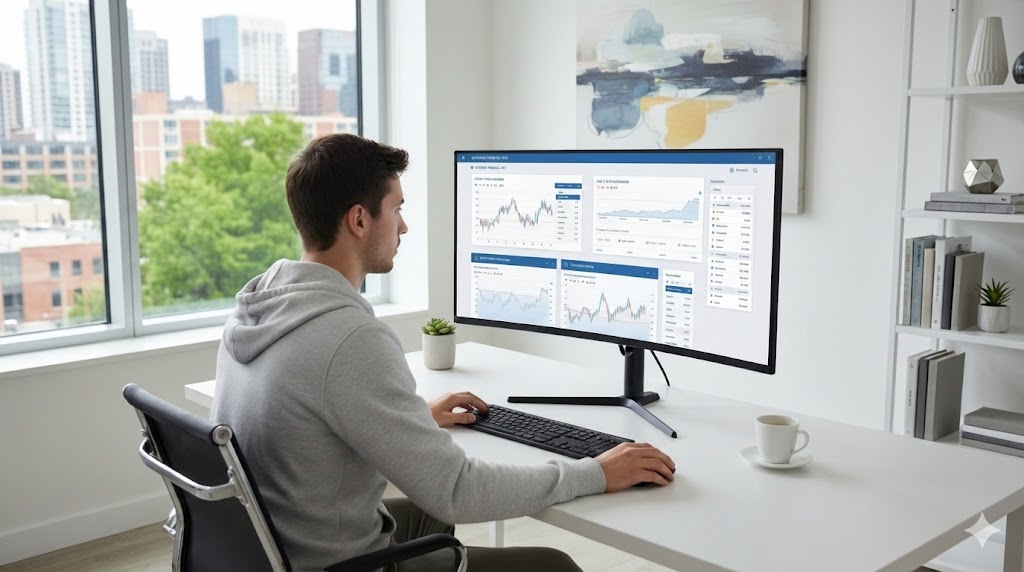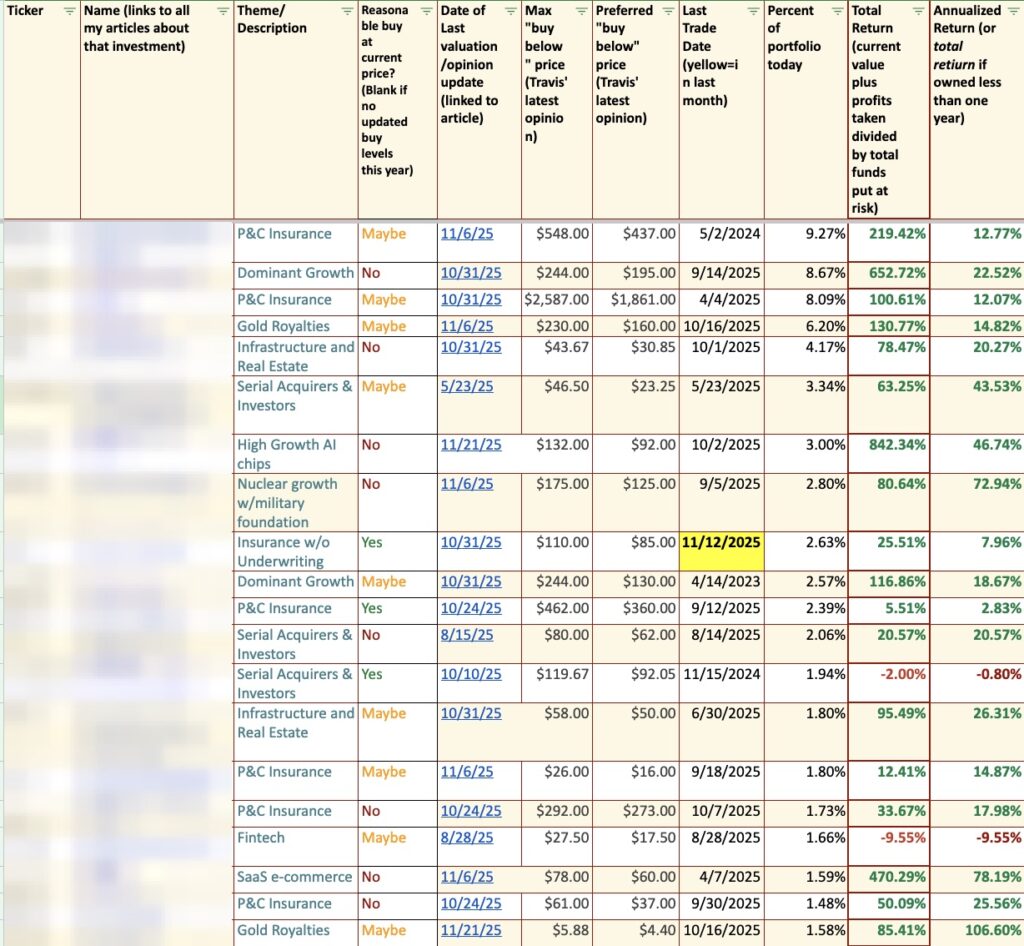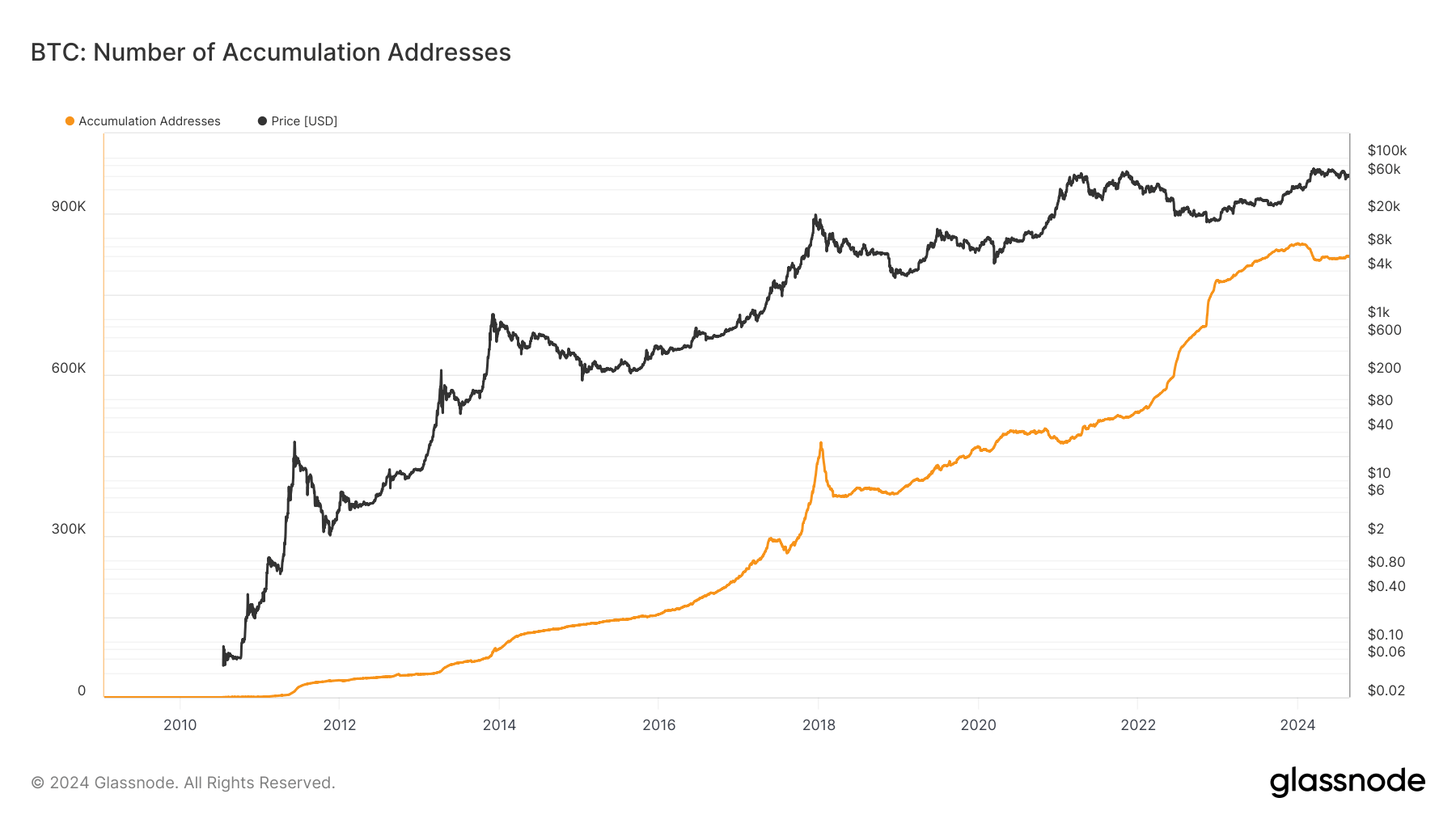Biora Therapeutics, Inc. (NASDAQ:BIOR) Q4 2022 Earnings Conference Call March 30, 2023 4:30 PM ET
Company Participants
Chuck Padala – Managing Director-LifeSci Advisors
Adi Mohanty – Chief Executive Officer
Eric d’Esparbes – Chief Financial Officer
Conference Call Participants
Julian Harrison – BTIG
Sahil Kazmi – B. Riley Securities
Operator
Thank you for standing by. This is the conference operator. Welcome to the Biora Therapeutics Fourth Quarter 2022 Financial Results Conference Call. As a reminder, all participants are in listen-only mode and the conference is being recorded. After the presentation, there will be an opportunity to ask questions. [Operator Instructions]
I would now like to turn the conference over to Chuck Padala, Managing Director with LifeSci Advisors, Biora’s Investor Relations firm. Please, Chuck, go ahead.
Chuck Padala
Thank you, operator. Good afternoon, and welcome to the Biora Therapeutics fourth quarter 2022 corporate update and financial results conference call. Joining me on the call are Adi Mohanty, Chief Executive Officer; and Eric d’Esparbes, Chief Financial Officer.
Before I turn the call over to Mr. Mohanty, I would like to remind you that today’s call will include forward-looking statements within the meaning of the federal securities laws, including, but not limited to, the types of statements identified as forward-looking in our annual report on Form 10-K that we will file later today and our subsequent reports filed with the SEC, which are all available on our website in the Investors section.
These forward-looking statements represent our views only as of the date of this call and involve substantial risks and uncertainties, including many that are beyond our control. Please note that actual results could differ materially from those projected in any forward-looking statements. For a further description of the risks and uncertainties that could cause actual results to differ materially from those expressed in the forward-looking statements as well as risks related to our business, please see the company’s periodic reports filed with the SEC.
With that, I will now turn the call over to Adi Mohanty, CEO of Biora Therapeutics.
Adi Mohanty
Thanks, Chuck, and thank you, everyone, for joining us. During the fourth quarter, we continued to focus on executing our development plans for our targeted therapeutics program, completing the execution phase of our tox study and making progress on our IND-enabling activities. We also presented detailed data from our third device function study at the Crohn’s & Colitis Congress in January of this year. In our systemic therapeutics program, we made significant progress on the evolution of our next-generation device. We recently shared top line bioavailability results that were more than double our target levels. These results have been well received by our collaborators and already, one of them has agreed to progress to testing their molecule with our systemic therapeutics platform.
We also opportunistically raised incremental capital to extend our runway towards key data readouts later this year and next year. Eric will cover the details later in the call. Today, I’m pleased to introduce new names for our two therapeutics platforms. Our targeted therapeutics program, which is based on a platform that we previously called the Drug Delivery System, or DDS, will now be known as the NaviCap. The NaviCap capsule uses auto location technology to navigate through the GI tract and deliver drug to a targeted location. Our systemic therapeutics program, which is based on a platform that we previously called the Oral Biotherapeutic Delivery System, or OBDS, is now the BioJet platform. The BioJet device uses proprietary liquid jet injection to deliver biotherapeutics into the small intestine for uptake into systemic circulation.
These new names are aligned with our strategy for the overall evolution of the company, and we believe they will be easier to remember and will more clearly convey the concepts behind our core technologies. We’re also taking this opportunity to update our program numbers, replacing PGN with BT for Biora Therapeutics. You can see the new brand names now on our website, and we have also provided a guide to our updated platform names and program numbers, which you can find in the Investors section of our website under Events and Presentations.
On to the program updates. First, I’ll cover our NaviCap targeted therapeutics platform with our lead program in ulcerative colitis. Currently available therapeutics for ulcerative colitis, or UC, work by entering the bloodstream and being circulated systemically throughout the body with a limited amount of drug reaching the site of disease in the colon. Our solution is based on the NaviCap device, which is an orally ingestible device about the size of a fish oil pill that is designed to deliver drug directly to the colon using our targeting technology. Our lead program, BT-600, which was formerly named PGN-600, is a proprietary liquid formulation of tofacitinib delivered via the NaviCap device.
A commercially available version of tofacitinib is approved for the treatment of UC. Tofacitinib is administered orally, and like other drugs that are orally delivered, it is mostly absorbed in the stomach or the upper GI tract, where it enters the bloodstream and is taken up systemically, with a limited amount reaching the area of disease. UC is a disease of the lower GI tract. By delivering drug topically at the site of disease where it is needed, BT-600 has the potential to deliver sufficient drug to the disease area to improve efficacy and also limit systemic exposure, which may improve safety. In January, we presented at the Crohn’s & Colitis Congress detailed results from our device function study that evaluated the NaviCap device, both with and without food in healthy volunteers.
Comparing three different feeding schedules with fasted administration, our results suggest that the effect of food on the function of our device is minimal. The potential to avoid fasting before administration could be an important consideration for patients, who may require chronic daily dosing. To our knowledge, NaviCap is the first ingestible therapeutic delivery device to potentially not require fasting or other food restriction for use. As a reminder, we have previously demonstrated the function of the NaviCap device in studies in both healthy volunteers and active ulcerative colitis patients. These three successful device function studies in humans gives us confidence in the performance of the device as we advance towards our Phase 1 study with BT-600 later this year.
We recently completed execution of our 14-day toxicology study for BT-600 and the preliminary study results are encouraging. All planned devices were administered, over 600 in total, and we observed no adverse events or safety signals. Because of the well-known differences in anatomy and the size difference between humans and animals, we expected and planned for about 20% of the devices used in the tox study to not function as well as they do in humans. After collecting the devices for the tox study, we observed results similar to our previous non-GLP canine study, which is that the majority of the devices activated as expected. However, the number of devices that did not fully deploy was higher than our expectation. Because the stricter device performance limitation we set for ourselves was not met, we believe it’s prudent to learn more about the performance of the device in this animal study.
So in addition to the typical analysis of blood and tissue, we are also retrieving and analyzing data from over 600 devices used in the tox study. This analysis does not directly impact the main goals of the tox study, which are to determine the effects of maximum drug level in blood and tissue as well as the impact of having multiple devices in the body at any given time. Over the past several months, we’ve had multiple constructive interactions with the FDA, which allowed us to finalize the design of our clinical plan and toxicology study for BT-600. To maintain our alignment with the FDA, we plan to complete the analysis and share the findings and our conclusions from the tox study with them prior to filing an IND.
We think the additional device analysis and agency interaction is the right thing to do, although it does result in a one quarter delay for our IND submission, which we now expect to be in the second half of 2023. In spite of the additional work to be done, we are encouraged by what we see from the tox study so far. We administered over 600 devices, which is a much greater number than we expect to administer in our Phase 1 study. Our initial analysis suggests that the majority of the devices did deploy, so we expect to see drug exposure in blood and especially in tissue to provide the data to support the safety of BT-600. The additional device analysis is part of our continuous evaluation and improvement process and serves to build our confidence in the technology.
Since we’re planning an additional interaction with the FDA, we may also use this opportunity to discuss a potential Phase 1b study extension of the currently planned Phase 1 single and multiple ascending dose study in healthy volunteers.
By adding a Phase 1b study with UC patients, we may be able to generate key data that could be extremely useful and could ultimately help accelerate the overall development of the program. As presented at Digestive Disease Week last year by academic collaborators, we have a strong understanding of the colon tissue concentrations of tofacitinib needed in UC patients to see endoscopic improvement. If we can safely achieve tissue concentrations approaching IC90 in our Phase 1 trial, not just in healthy subjects but also UC patients maybe, this may increase our understanding of the potential of the NaviCap platform to improve remission rates in UC patients compared to current therapies.
Although, global sales for UC drugs are approximately 7 billion per year and growing quickly, we know that UC patients are still suffering tremendously with a large unmet need. We believe we can potentially solve one of the primary treatment gaps, which is the inability to achieve high enough drug levels in the disease tissue without systemic toxicity.
Next, I’ll cover our BioJet systemic therapeutics platform. The BioJet platform aims to facilitate systemic oral delivery of drugs that would otherwise require injection or infusion. The BioJet platform is based on an orally ingestible device that provides liquid jet delivery to the small intestine to maximize systemic uptake. The platform has the potential to deliver a broad range of large molecules such as proteins, peptides, and nucleic acids without complex reformulation.
We believe this platform can help improve disease management and associated patient outcomes and reduce intravenous infusion costs across a range of chronic use indications. Most of all, we believe this will improve patient convenience, which has been shown to improve patient compliance. These improvements could also help injectable biotherapeutics such as monoclonals become more competitive with alternatives.
We hold a comprehensive patent position for the BioJet platform with approximately 34 patents and applications that cover the delivery platform and methods for treating a disease or condition in a patient using liquid jet delivery of a wide range of drugs. Our portfolio includes a key patent granted last year, which covers methods for using an ingestible device to treat a condition using jet delivery of a GLP-1 receptor agonist formulation such as semaglutide to the small intestine to achieve systemic uptake.
We recently announced top line results from preclinical studies with two drugs where we achieved more than double our target bioavailability using an endoscopically placed and activated next-gen device. With semaglutide, a peptide and GLP-1 receptor agonist, we observed average bioavailability of 37%. For comparison, the only commercially available oral semaglutide formulation is about 1% bioavailable in humans.
As you may recall, the GLP-1 receptor agonist market is forecasted to be well over $20 billion by 2025. In a second drug, a variant of adalimumab, a monoclonal antibody, we achieved an average bioavailability of 51.3% with each of the drugs tested. We observed excellent consistency of the results for this type of testing similar to subcutaneous injection, and we greatly exceeded the 15% bioavailability target set by us and our former collaborators for progression of the platform.
We’re looking forward to presenting detailed results of these preclinical studies at an upcoming conference. With our previous autonomous device, we were already seeing excellent bioavailability with an average of 22% in animals with drug detected. As we continue evolving the device, we’re seeing even better data. We’re now working through refinements on the autonomous function of this next-gen device, leveraging work from the previous device.
We expect to be testing the autonomous next-gen device during the next few weeks. We feel good about the progress we have seen so far. We anticipate results from our next round of preclinical testing in Q2. Our pharma collaborators are also pleased with the results we’re seeing with the next-gen device. Based on the strength of our recent data, Ionis is progressing our collaboration to preclinical studies with an Ionis antisense oligonucleotide molecule. Our other two pharma collaborators are also eager to progress our collaborations.
As I’ve said before, progressing our collaborations and achieving meaningful partnerships for our systemic therapeutics platform is a fundamental goal for Biora this year, and we’re tracking nicely on this goal. We see the potential for multiple partnerships over time due to the broad applicability of the platform to different molecules.
So to summarize our anticipated milestones for both platforms, we plan to complete retrieving and analyzing the NaviCap device data from our tox study, which will be incorporated into the final report. We plan to have an FDA interaction in Q2 to maintain our alignment of the filing of our IND. Pending the outcomes of our study analysis and the results of our planned interaction with the FDA, we intend to file an IND to support the initiation of our Phase 1 study for BT-600 during the second half of 2023.
Based on preclinical data showing bioavailability more than double our target levels, we’re working to complete the optimization of our next-gen BioJet systemic delivery device to support additional preclinical data generation during the second quarter of 2023. We’re now progressing our collaboration with Ionis Pharmaceuticals and we aim to be in a position to progress other collaborations and partnerships during the remainder of 2023.
With that, I’ll now turn the call over to Eric for a discussion of our financial results and capital market activities.
Eric d’Esparbes
Thanks, Adi, and good afternoon everyone. Following our last quarterly earnings call. As a reminder, we completed an agreement to license the Preecludia rule-out test for preeclampsia to Avero Diagnostics for commercial development. Under the terms of the agreement, Avero Diagnostics received rights to the assets and our IP related to the Preecludia test and Biora has rights to receive commercial milestone payments and low double-digit royalties on net sales.
Moving to our financial performance for the fourth quarter. Operating expenses excluding stock-based compensation expenses were $11.6 million in the fourth quarter of 2022. We continue to align the organization to our more focused needs and as a result, we continue to deliver on our original goal of having monthly operating cash burn at or below $4 million. Specifically G&A expenses in the fourth quarter were $8 million, including $1.4 million in stock-based compensation expenses, a slight reduction compared to Q3.
While R&D expenses in the fourth quarter were $5.8 million, including $0.8 million in stock-based compensation expenses. As we mentioned in our previous call, we expect R&D expenses will mainly track our clinical studies workflow and combined with further G&A cost savings, we maintain our guidance of an average monthly operating cash burn of less than $4 million.
Moving to our treasury position, there was a lot of conversation around treasury management following the SVB Bank shutdown. We quickly inform investors that our deposits are held in a major U.S. banking institution and we are confident in our risk management strategy. We had a cash balance of $30.5 million as of December 31, 2022. We also were able to use our ATM program to opportunistically raise approximately $12.9 million in gross proceeds during the first quarter of 2023 and have extended our runway towards key data readouts in the second half of 2023, thanks to our reduced cash burn. Those funds will help the company work towards important clinical milestones coming up in 2023, which Adi just highlighted. In addition, we maintain our goal of optimizing our capital structure and are actively working on this plan.
With that, I will now turn the call back over to Adi.
Adi Mohanty
Thanks, Eric. Biora continues to make good progress with both our NaviCap targeted oral delivery platform and our BioJet systemic oral delivery platform. We’re focused on expeditiously and judiciously progressing our BT-600 program to the clinic and progressing our pharma collaborations with BioJet. We look forward to providing further updates as we continue to make progress.
With that, operator, we’re now ready for questions.
Question-and-Answer Session
Operator
Thank you. We will now begin the question-and-answer session. [Operator Instructions] The first question comes from Julian Harrison from BTIG. Please go ahead.
Julian Harrison
Hi. Thank you for taking my questions and apologies if I missed it, but is the cause of the BT-600 device underperformance well characterized, and has a solution been confirmed?
Adi Mohanty
Hi, Julian. So, we don’t really think we need a solution. What might be important to remember is that we have previously talked about having run an actual study in canines, where the number of not appropriately deployed devices was well over 20%, and given the differences in the physiology of animals and humans, it is expected that a large number of them in an animal study wouldn’t perform the same way as they would in humans. So we’ve also had three successful human functional studies where the device function has shown, I was going to say, pretty close to 100% greater than 90% performance. So really work well in humans, which is what they’re designed to do, to work in humans. So we don’t think this has anything to do with making any fixes. It’s just to learn better. But the reason we mentioned that we wanted to put all of the story together was we had ourselves put a maybe stricter than required limit of 20%, and since we didn’t meet that, we just want to put it all together and provide it to the FDA.
Julian Harrison
Okay. Thanks for explaining that. And then are you able to comment on how close you are to filing the IND for your first BioJet program?
Adi Mohanty
Yes, good question. So on the BioJet, if you remember, what we are focused on this year is to progress our collaborations and partnerships. We think, given where we are within the next couple, three months, we have enough data to make those collaborations and partnership conversations happen this year. And so we’ll focus on getting that done, remain resource efficient and work on our clinical program, things like potentially the GLP-1 that we own for next year. So near term, our focus is get the data generation, which is going extremely well. Honestly, some of these numbers, in terms of bioavailability, some – until recently, people thought was not even possible with an oral ingestible device, because they’re pretty close to subcu injection level bioavailability. So we want to make that progress, get through the collaboration progression, partnership discussion and focus on our clinical program for next year.
Julian Harrison
Great, thanks very much.
Operator
The next question comes from Sahil Kazmi from B. Riley Securities. Please go ahead.
Sahil Kazmi
Hi, team. Good afternoon. Thanks for the comprehensive update and congrats on all the rebranding pried to the program. A quick question regarding the upcoming IND in the second half, can you provide a little bit of color on what the Phase 1 and Phase 1b might look like, including the duration and when there might be initial data from those studies? Thank you.
Adi Mohanty
Yes, Sahil. So we have shared this program and you can see it on the website. We’re looking at two doses, a five mg dose and a 10 mg dose in healthy humans, fairly typical SAD and MAD study. So initially it would be a single dose, which will happen pretty quickly. We expect to do this with 10 patients in each arm, and so not a very large study should happen very quickly move on to the multiple ascending dose part. The MAD part of it, both of which we think won’t take very long and like should be able to progress very quickly.
And given our thought of potentially filing this IND later in the second half and we start the trial by the end of the year. By the end of the year, we should start seeing some data trickle in. And given that it’s a – there’s no reason we couldn’t share at various stages of this trial, the data and what we’re really keenly interested in is, how much blood is there I mean, how much – what’s the PK in the blood? What’s the drug in the tissue? Those are the things that we hope to get fairly quickly. What potentially might be a discussion that we’re thinking of having with the FDA is to add on a arm to that as an extension after the MAD that would have UC patients. And I think it’ll be a little early for me to give you too much detail on that other than if we could get a similar to MAD UC patients actual data in real patients, that could be substantially important in terms of the way the program would be valued in terms of the de-risking as well as what it might do to our future clinical development plans, which could get accelerated.
Sahil Kazmi
Excellent. That’s really helpful. And then maybe one for Eric, can you remind me how you communicated and how you expect the burn rate to change over the next few quarters, including with the filing of the IND some partnerships that may come to fruition et cetera? Thank you.
Eric d’Esparbes
Yes, sure. So we’ve guided that in average we expect to have a monthly cash burn about $4 million or less. It’s probably going to be a little bit below until we actually start the Phase 1, but as Adi said, Phase 1 is a pretty quick study, so it’s not going to be a material increase. I think the average, four, is a pretty good one. The conversation around the pharma collaborations and partnership is an important one because we’ve stated that part of our goal is to raise non-dilutive capital as part of our development plan and that’s the obvious source of non-dilutive capital we can generate.
So we’re very encouraged with the enthusiasm of the pharma collaborators with the recent bioavailability data that we shared. We have one of them who already stepped up to say, hey, I’d like to test my molecules with your platform, and the others are standing by very closely on potentially doing the same. So our hope is as part of the expansion of those agreements, we would have the ability to generate a pretty substantial amount of non-dilutive capital. I can’t size it for you just yet because it’s pretty much related to the data we generate and the range of the conversation, the commercial conversations we’re going to have, whether it’s a based on indication, based on molecule types, based on market in terms of arrangements, we have to go through those conversations first. Hopefully that’s helps, Sahil.
Sahil Kazmi
Yes, that’s very helpful. I appreciate you taking our questions. Thanks.
Adi Mohanty
Thank you.
Operator
This concludes the question-and-answer session. I would like to turn the conference back over to management for any closing remarks.
Adi Mohanty
Yes, I want to thank everyone for joining us for our Q4 2022 Biora Therapeutics financial results call. We look forward to keeping you updated on our progress. Thank you.
Operator
This concludes today’s conference call. You may disconnect your lines. Thank you for participating and have a pleasant day.
















